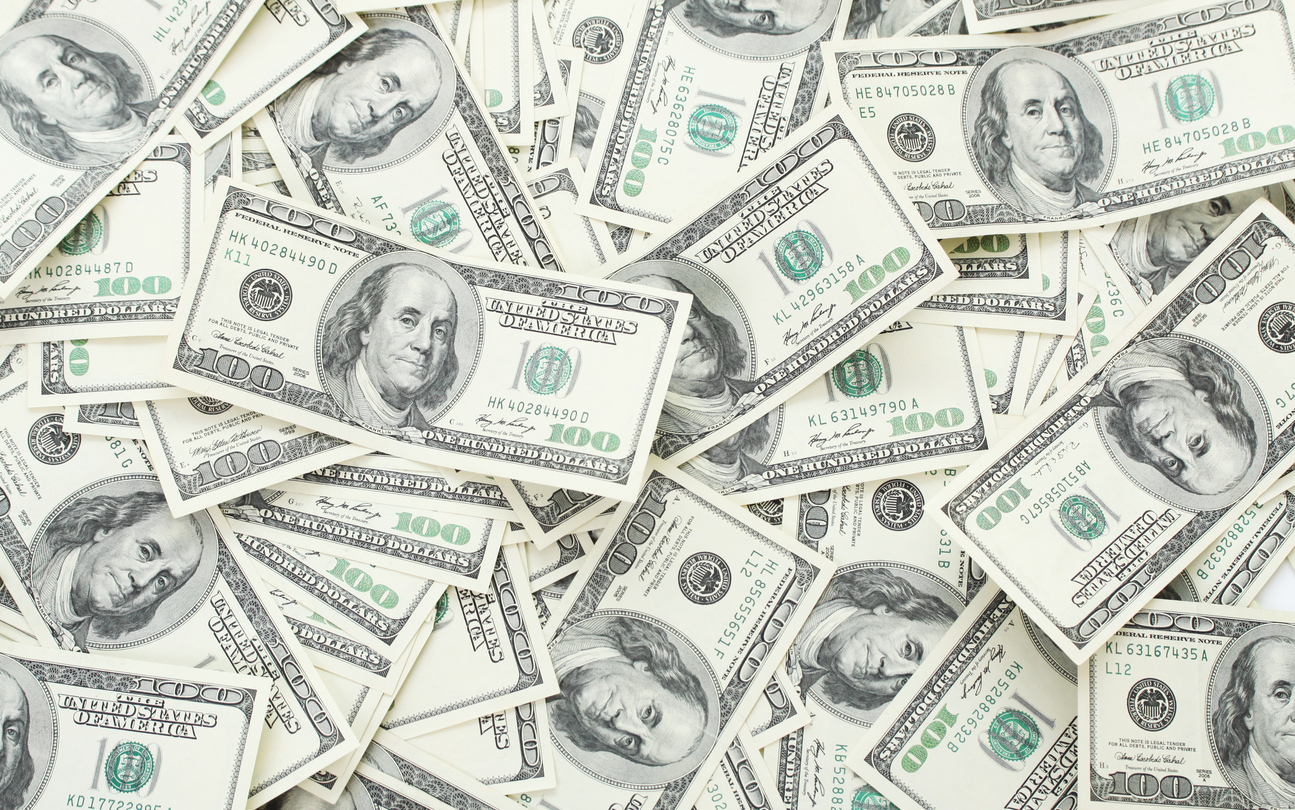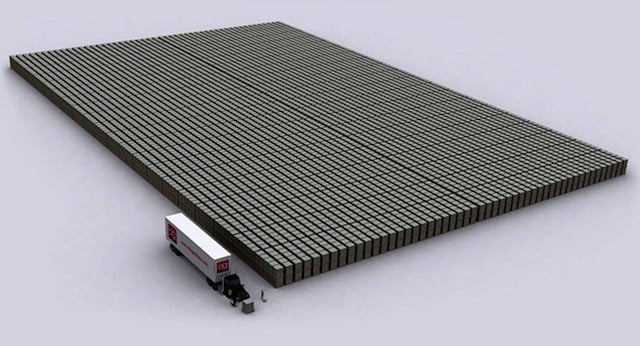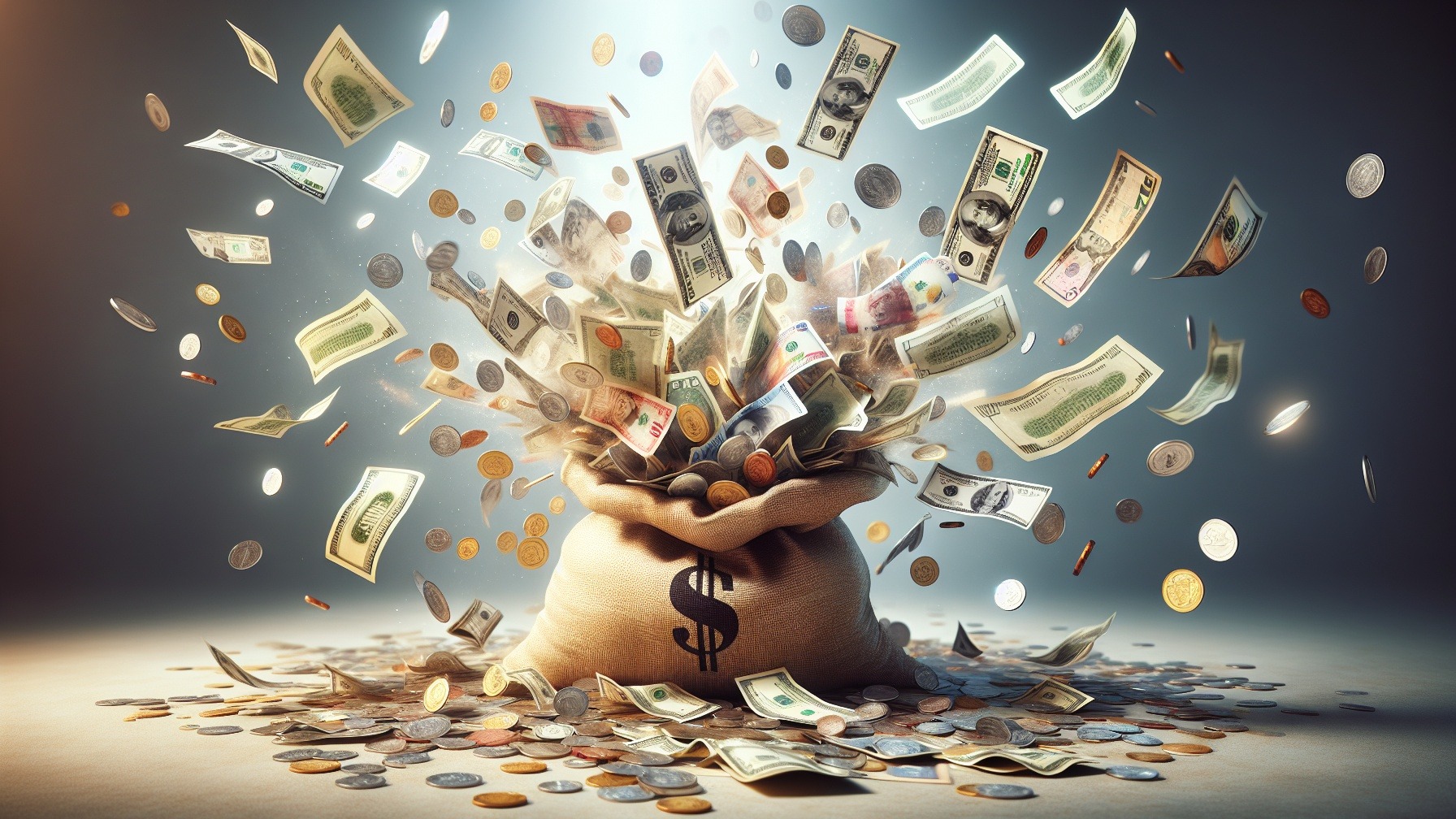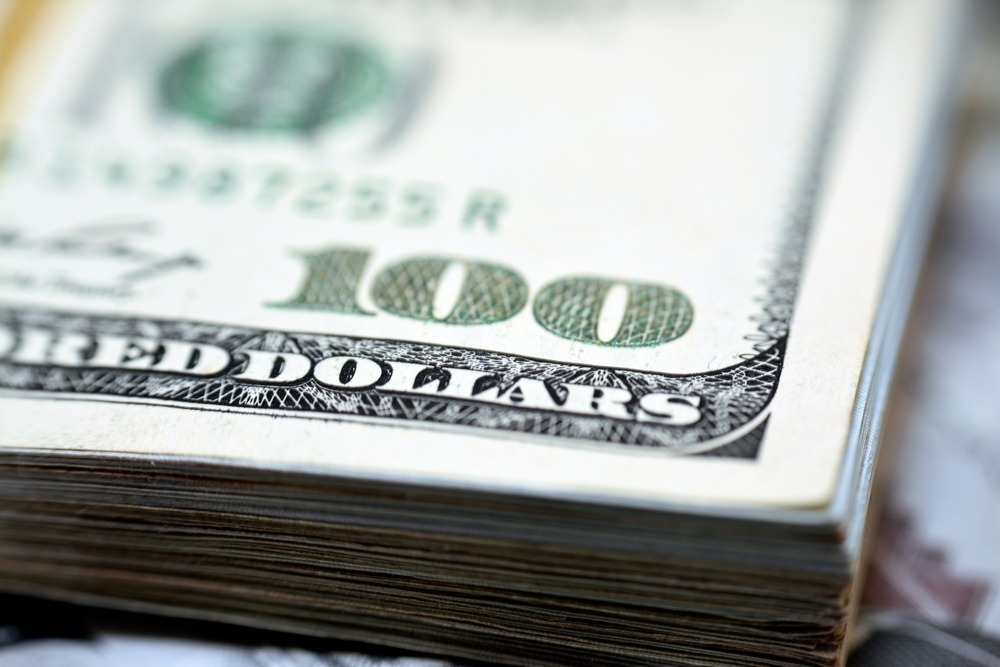Total Global Wealth: How Much Money Is on Earth?
Picture this: what if you could magically gather every dollar bill, coin, digital balance, money market stash, offshore account, and cookie jar fund, turning it all into U.S. dollars? What would that grand total be? The answer is both astonishing and intriguing, and it really hinges on how we define "money."

Money isn't just what you have in your wallet or tucked away in a safe. The global money supply has various layers—starting with physical cash, known as "M0," and then branching out to include everything from checking and savings accounts to institutional funds and less liquid assets. Each layer reveals a different aspect of the wealth circulating in the world—and highlights just how little of it is actually in your hands.
M0: $8–9 Trillion
Let’s start with the most straightforward question: How much physical cash is there in the world?
M0 refers to all the physical coins and paper bills in circulation worldwide—converted to U.S. dollars, of course. In total, the value of all physical currency comes in around $8–9 trillion. Sounds like a lot, right? Well, here's the kicker: This is actually less than 10% of the total global money supply. Less than 10%! It turns out there’s a whole lot more to money than what you can physically hold in your hands.
RELATED: Ever Wondered What $1 Trillion In Cash Looks Like: Wonder No More!
M1: $50 Trillion
Now things start to get really interesting—and a little complicated. M0 may only represent a small portion of the total money in circulation, but what else is out there?
M1 includes M0 (the physical cash) plus all the money in checking accounts, savings accounts, and other liquid assets. But here’s the fun part: When you deposit $5,000 in cash into your checking account, you don’t just have that $5,000 sitting there. It gets mixed into the bank’s reserves and can be loaned out to others. So, if someone walks into the bank and borrows $4,000, now that person has $4,000 to spend—but your original $5,000 is still technically yours. Essentially, the bank has just created new money out of thin air based on the reserves it holds. In fact, the value of M1 around the world is estimated to be around $50 trillion.

Photo: Celebrity Net Worth - $1 Trillion In Cash
M2: $120 Trillion
M2 is a little like M1, but it adds in less liquid assets like certificates of deposit (CDs) and money market accounts. These are funds that aren’t as easily accessible as what’s sitting in your checking account, but they’re still part of the money pool. Globally, the value of M2 is estimated at $120 trillion. To put that into perspective, the total value of M2 has almost doubled since 2016, which is mind-blowing when you think about it.
LATEST: Is The World Heading Into Recession?
M3: $125–$130 Trillion
M3 is the grand total—the biggest measure of the global money supply. It includes everything in M2, plus large long-term deposits, institutional funds, and other assets that are a little less liquid. This is essentially the sum of all global wealth, and it’s estimated to be around $125–$130 trillion in U.S. dollars.
So, if you're trying to count all the money in the world—including the big institutional wealth most of us will never see—you’re looking at a global money supply of nearly $130 trillion.

Conclusion: The Crazy Scale of Global Wealth
When you stop and think about it, the scale of wealth in the world is absolutely staggering. We’re talking trillions—so many zeros that they might as well be infinite. It’s mind-blowing to think about how much money is out there, and yet so little of it is tangible cash that we can actually hold in our hands. The vast majority exists in digital balances, loans, and institutional funds that most of us will never touch.
So, let’s take a moment to imagine: If you suddenly found yourself with $130 trillion—what would you do with it? Would you change the world? Or perhaps spoil yourself and the ones you love? The possibilities are endless, but one thing’s for sure: you’d never have to worry about money again.










